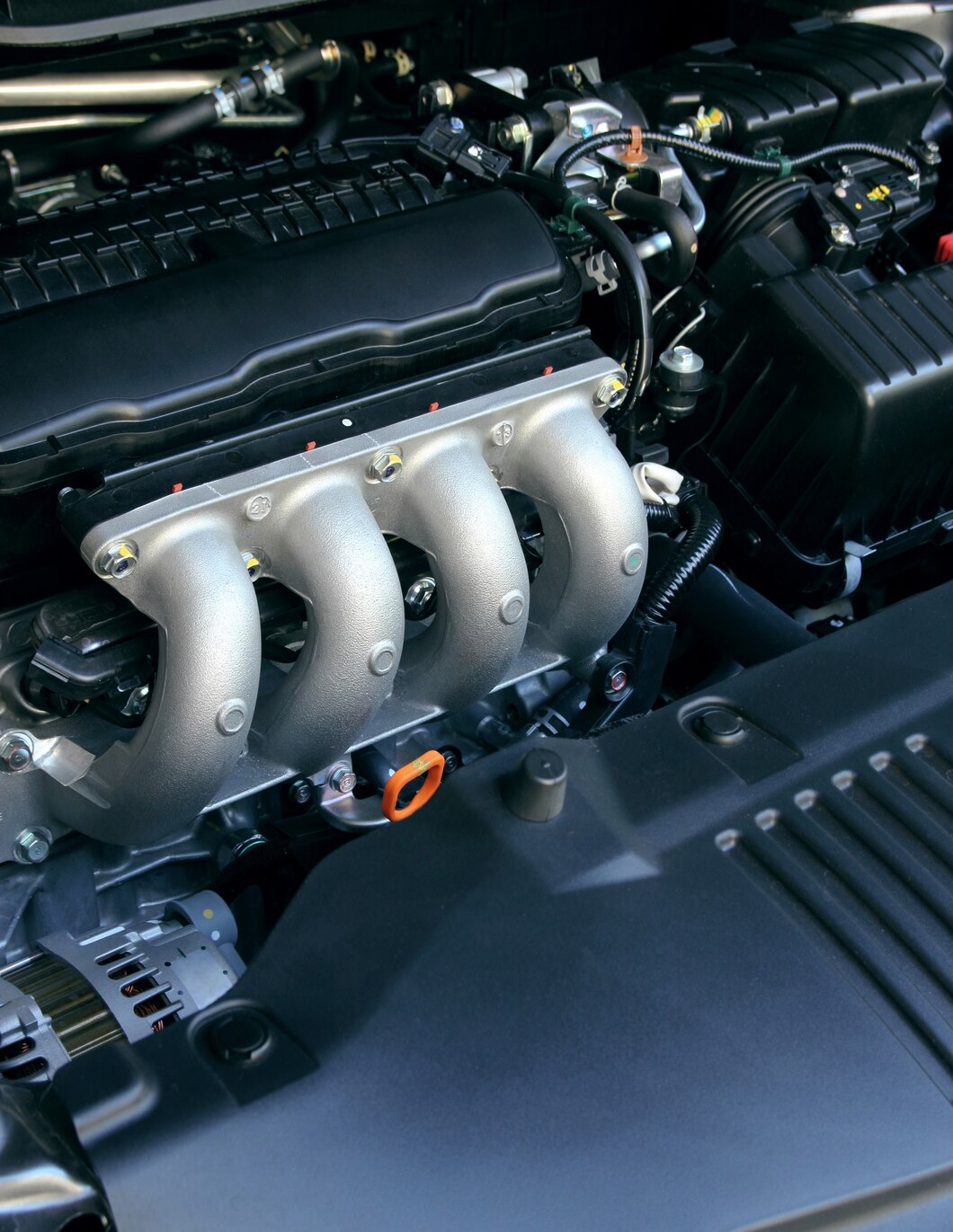The crankshaft is a vital component of your car’s engine, responsible for converting the reciprocating motion of the pistons into rotational motion. Over time, wear and tear or damage may necessitate the replacement of the crankshaft. In this article, we’ll explore the process of replacing a car crankshaft in South Africa, shedding light on the steps involved, the duration of the procedure, and providing a reasonable cost estimate.
Signs of Crankshaft Issues:
Recognizing signs of crankshaft problems is crucial before embarking on the replacement process. Symptoms may include unusual engine noises, vibrations, and decreased engine performance. If you notice these indicators, seeking professional assistance for a thorough diagnosis is essential.
Steps in Replacing a Car Crankshaft:
- Diagnostic Inspection:
A skilled mechanic will conduct a diagnostic inspection to identify the specific issues affecting the crankshaft. This involves examining the engine, assessing vibrations, and checking for any irregularities in the crankshaft’s rotation. - Engine Disassembly:
Replacing the crankshaft necessitates disassembling the engine. Components such as the oil pan, cylinder head, and pistons may need to be removed to access the crankshaft. - Crankshaft Removal:
The old crankshaft is carefully removed, requiring precision to avoid damaging surrounding components. This step may involve detaching the connecting rods and bearings. - Crankshaft Inspection:
Once removed, the old crankshaft undergoes a thorough inspection to determine the extent of wear, damage, or deformities. This inspection helps in assessing whether replacement is necessary. - Choosing a Replacement Crankshaft:
Depending on the inspection results, a decision is made whether to opt for a new or refurbished crankshaft. The replacement component must meet the specifications of the vehicle’s make and model. - Crankshaft Installation:
The new or refurbished crankshaft is installed with meticulous attention to detail. Proper alignment, secure attachment to the connecting rods, and adherence to torque specifications are critical. - Engine Reassembly:
After the crankshaft is securely in place, the engine components removed during disassembly are reassembled. This includes attaching the cylinder head, connecting rods, and other associated parts. - Oil and Lubrication:
Adequate lubrication is vital for the smooth operation of the crankshaft. Fresh oil and proper lubrication of moving parts ensure optimal performance. - Testing and Calibration:
The vehicle undergoes rigorous testing to ensure the new crankshaft functions seamlessly. Calibration may be necessary to fine-tune engine performance.
Duration of the Replacement:
The duration of replacing a car crankshaft varies based on factors such as the vehicle’s make and model, the extent of damage, and the availability of replacement parts. On average, the process can take anywhere from a few days to a week, considering the intricacies involved.
Cost Estimate:
The cost of replacing a car crankshaft in South Africa depends on factors such as the vehicle’s make and model, the type of crankshaft (new or refurbished), and labor costs. On average, you can expect a reasonable cost estimate ranging from ZAR 10,000 to ZAR 25,000 or more. Obtaining quotes from reputable mechanics or service centers is advisable for a more accurate estimate tailored to your specific circumstances.
Replacing a car crankshaft is a complex process that requires expertise and precision. Investing in quality replacement parts and relying on experienced mechanics ensures the longevity and optimal performance of your vehicle’s engine. If you suspect crankshaft issues, swift diagnosis and timely replacement are imperative to keep your car running smoothly on the roads of South Africa.











